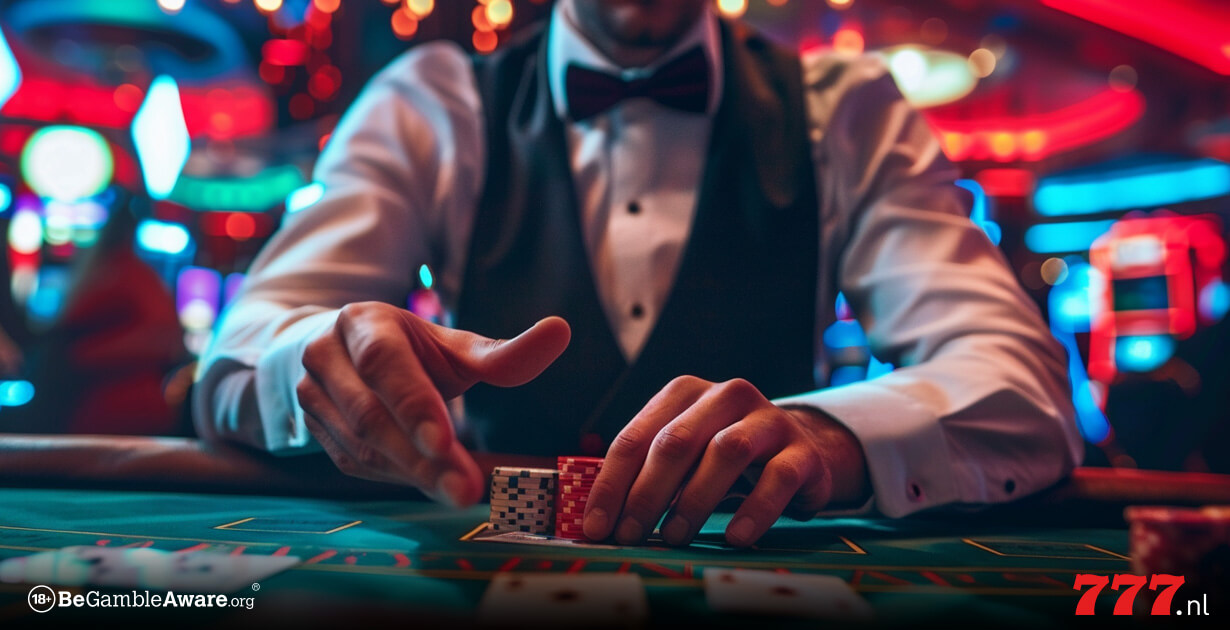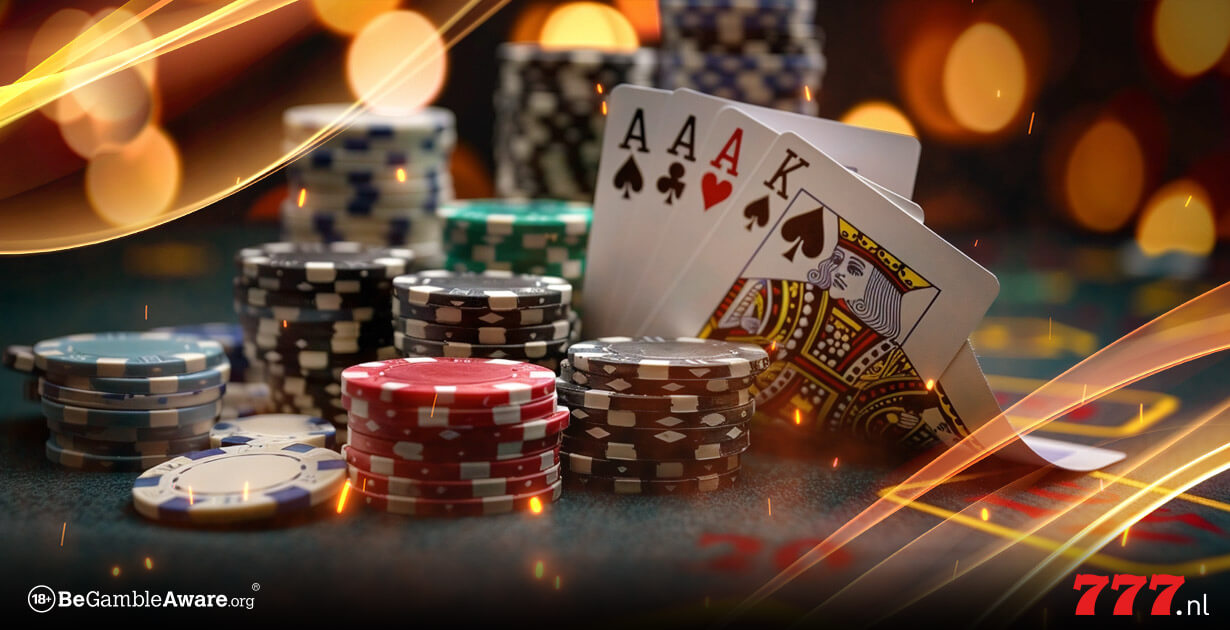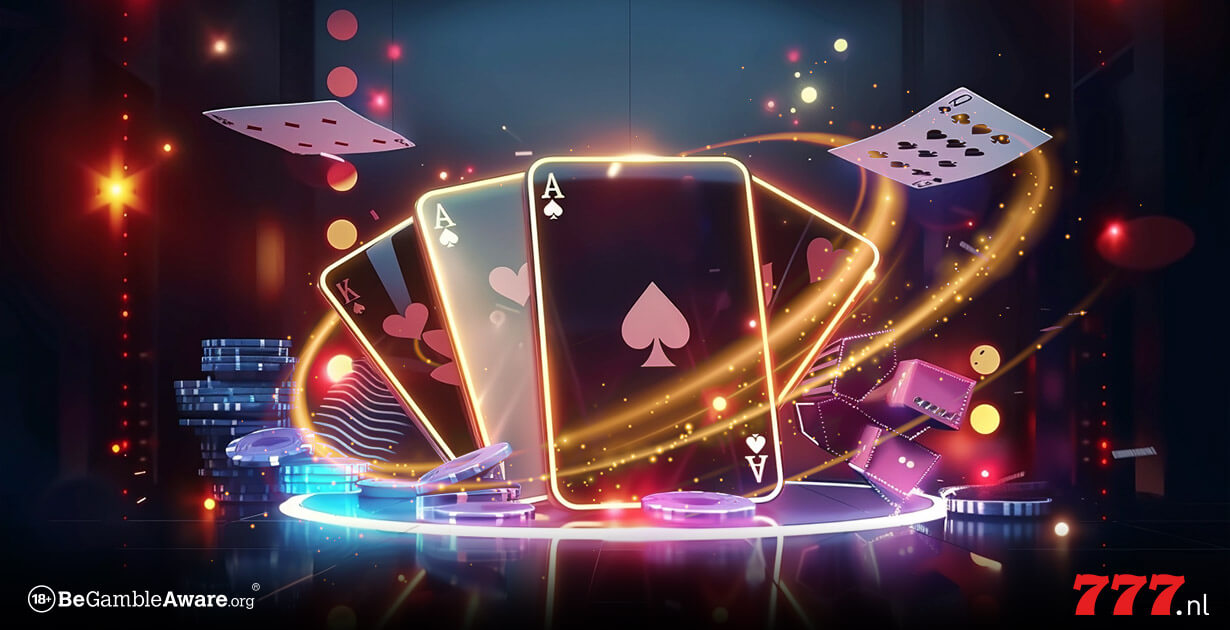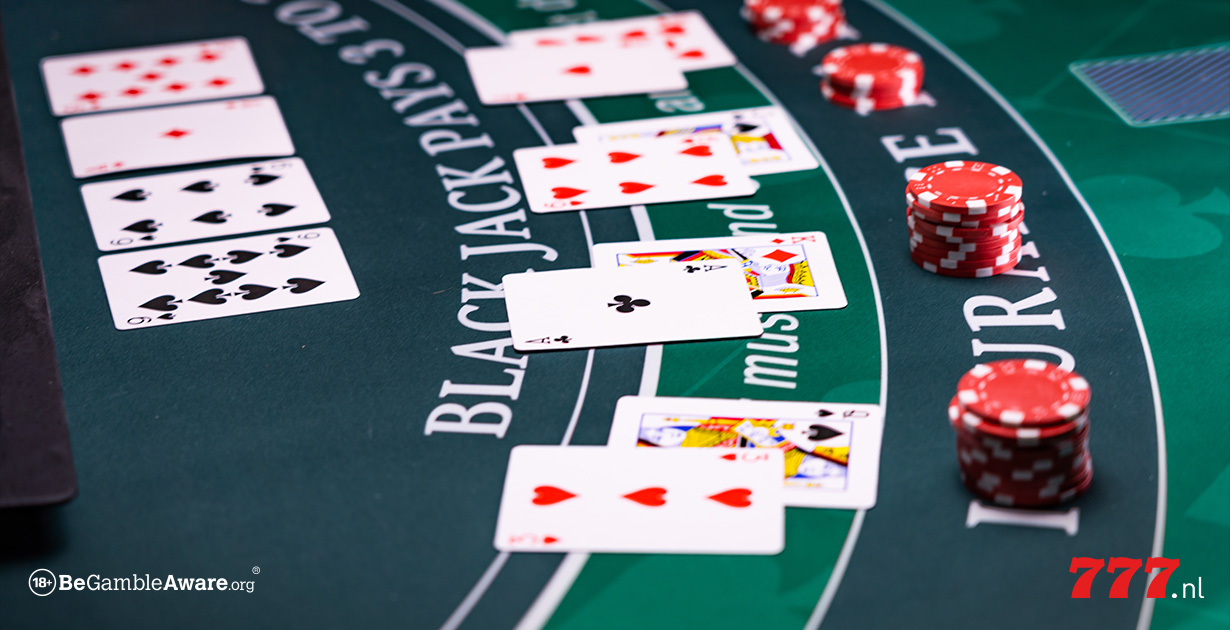In the world of online Blackjack, you often come across the term “Stand on 17”, especially when learning more about the strategies and rules that make the game so engaging. But what does this term actually mean? And why is this strategy used by dealers in almost all blackjack variations? In this blog post, we explain what “Stand on 17” entails, why it was introduced, and what impact it has on both the casino and the player.
What Does “Stand on 17” Mean?
“Stand on 17” means that the dealer stops taking additional cards as soon as their hand reaches a total value of 17 or higher. This applies to both a ‘hard’ 17 (a hand without an ace, or with an ace counted as 1) and a ‘soft’ 17 (a hand with an ace counted as 11). In the latter case, even if the dealer has an ace and a 6, they will still stand, despite the ace potentially being counted as 1 to create a lower hand value.
This rule is essential in standard blackjack and ensures consistency and predictability in how dealers play their hands. It is a basic rule found in almost all online blackjack variations.
Origin
The “Stand on 17” rule originated from the need to keep the game fair and manageable for both players and casinos. Before this rule was introduced, dealers had more freedom in their decisions, sometimes leading to confusion and unfair situations. Establishing a fixed rule for dealers made the game not only fairer but also more predictable for players. It provided a clear framework within which the game could be played, greatly boosting the popularity of blackjack.
The rule quickly became standard in both physical casinos and online blackjack variations and is now used worldwide. The introduction of “Stand on 17” created a balance in the game that maintains the house edge while keeping player odds reasonable.
Impact on Players and Game Strategy
For players, the “Stand on 17” rule is a crucial factor in determining their own strategy. Because the dealer always stops with a hand value of 17 or higher, players can base their decisions on this knowledge. Knowing when the dealer is likely to stand can help players decide whether or not to take another card themselves.
Although “Stand on 17” maintains the house’s winning chances, it also offers predictability that experienced players can exploit. By understanding the dealer’s playing style, players can optimise their own chances by choosing the right moments to hit or stand.
What Does This Mean for the Return to Player (RTP)?
The “Stand on 17” rule directly impacts the Return to Player (RTP) in blackjack. The RTP is the percentage of the bet that the player can expect to get back in the long run. In standard blackjack with the “Stand on 17” rule, the Return to Player typically ranges between 99% and 99.5%, depending on other applicable rules, such as whether the player can double after splitting.
While the rule gives the house a slight advantage, blackjack remains one of the casino games with the highest Return To Player. This means that the chance of winning remains relatively high for players who use a good strategy. The predictability of “Stand on 17” contributes to this high Return To Player because players are better able to adjust their decisions based on the likelihood of the dealer’s hand.
Is “Stand on 17” Good or Bad for Players?
The introduction of the “Stand on 17” rule has generally been positive for the game of blackjack. It creates a standardised gameplay that is fair and predictable, improving the playing experience for both beginners and experienced players. Although it gives the dealer a slight advantage, players can optimise their chances by understanding the rule and applying the right strategy.
Conclusion
The “Stand on 17” rule is a fundamental part of blackjack that contributes to the fairness and predictability of the game. It ensures that casinos can maintain their house edge while giving players a clear insight into how the dealer plays their hands. This balance makes blackjack not only exciting but also accessible to players of all skill levels. By understanding this rule and playing smartly, players can optimise their chances in online blackjack and enjoy one of the world’s most beloved card games.
Frequently Asked Questions
1. What is the “Stand on 17” rule in online blackjack?
The “Stand on 17” rule means that the dealer stops taking cards as soon as their hand reaches a value of 17 or higher. This applies to both hard and soft 17, making the game more predictable and helping players make decisions.
2. Why did casinos introduce the “Stand on 17” rule?
Casinos introduced this rule to make the game fairer and more consistent. It limits the dealer’s freedom, prevents confusion, and ensures that the house edge is maintained.
3. What is the difference between a hard and a soft 17?
A hard 17 does not include an ace counted as 11 (e.g., a 10 and a 7), while a soft 17 does include an ace counted as 11 (e.g., an ace and a 6). With “Stand on 17,” the dealer stops on both types of 17.
4. Is the “Stand on 17” rule beneficial for the player or the casino?
The rule favours the casino because it reduces the chance of the dealer busting. However, it also provides predictability for players, which can help them optimise their strategies.
5. How does the “Stand on 17” rule affect the Return to Player (RTP)?
The “Stand on 17” rule keeps the Return To Player high, usually between 99% and 99.5%. This makes blackjack appealing to players, as it is one of the casino games with the best odds.




